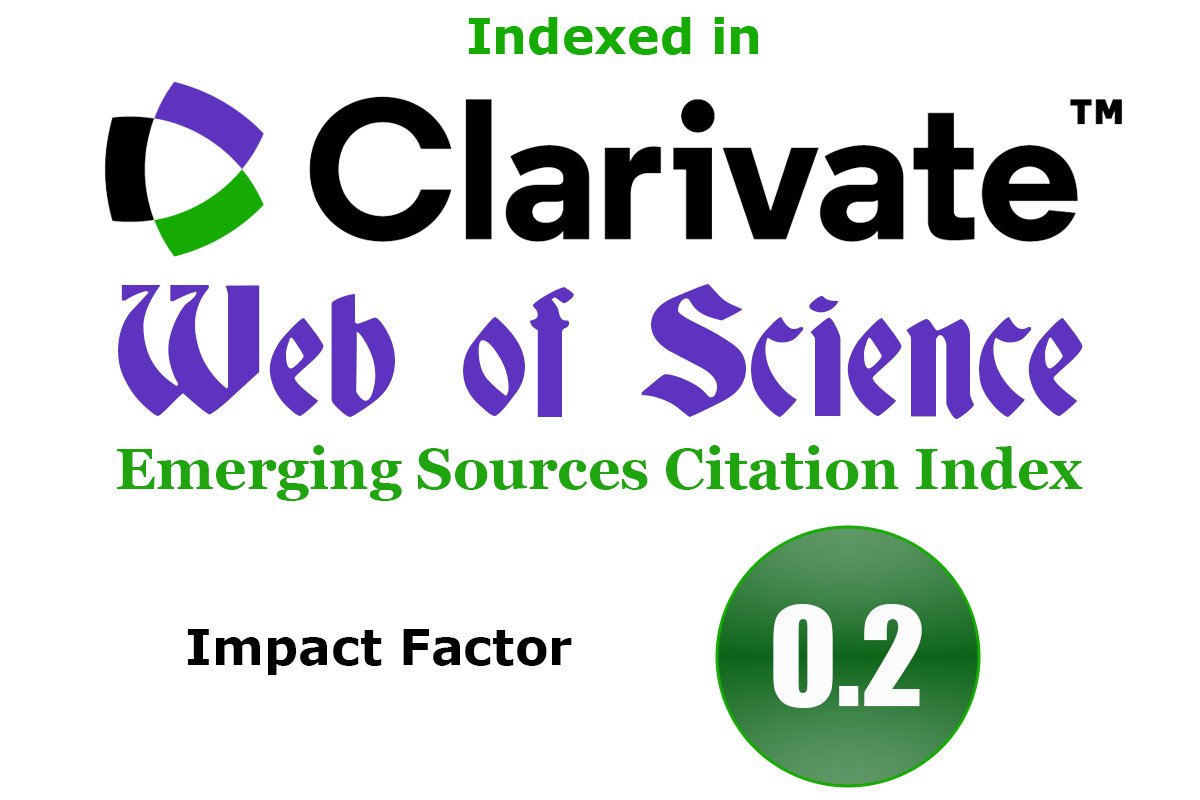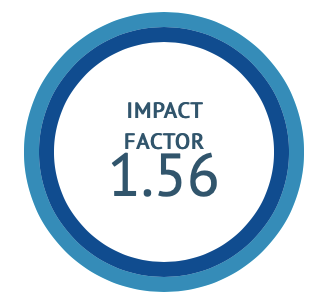Comparative anti-microbial study of Nimbadi churna and Manikya rasa w.s.r to Candida albicans and Staphylococcus aureus
DOI:
https://doi.org/10.47552/ijam.v16i3.6212Keywords:
Manikya Rasa, Nimbadi churna, Candida Albicans, Staphylococcus Aureus, Agar well diffusionAbstract
Background: Ayurvedic medicine utilizes both mineral-based and herbal formulations to promote healing through synergistic mechanisms. Manikya Rasa, a mineral formulation, is known for its potent bioactive properties that penetrate deeper tissues for rapid therapeutic action. In contrast, Nimbadi Churna, herbal formulation, supports long-term immunity and systemic detoxification. Infections caused by Candida albicans and Staphylococcus aureus are increasingly difficult to manage due to rising antimicrobial resistance. Objective: To evaluate and compare the antimicrobial efficacy of Manikya Rasa and Nimbadi Churna against Candida albicans and Staphylococcus aureus, and to assess their potential as alternative therapies in the management of microbial infections. Methods: A comparative in vitro study was conducted to assess the inhibitory effects of the Manikya Rasa and the herbal formulation Nimbadi Churna on Candida albicans and Staphylococcus aureus. The formulations were tested for their antimicrobial properties to determine their individual and potential combined efficacy. Results: Both Manikya Rasa and Nimbadi Churna demonstrated notable antimicrobial activity. Manikya Rasa showed rapid and strong inhibition of microbial growth, while Nimbadi Churna provided a gentler, sustained antimicrobial effect. Together, they offer complementary therapeutic benefits. Conclusion: Manikya Rasa and Nimbadi Churna show promise as effective Ayurvedic alternatives for managing infections caused by Candida albicans and Staphylococcus aureus. Their combined use may offer enhanced outcomes by merging fast-acting mineral effects with the holistic benefits of herbal therapy. These findings highlight the relevance of traditional formulations in modern antimicrobial strategies.
Downloads
Published
How to Cite
Issue
Section
License
Copyright (c) 2025 International Journal of Ayurvedic Medicine

This work is licensed under a Creative Commons Attribution-NonCommercial-ShareAlike 4.0 International License.
The author hereby transfers, assigns, or conveys all copyright ownership to the International Journal of Ayurvedic Medicine (IJAM). By this transfer, the article becomes the property of the IJAM and may not be published elsewhere without written permission from the IJAM.
This transfer of copyright also implies transfer of rights for printed, electronic, microfilm, and facsimile publication. No royalty or other monetary compensation will be received for transferring the copyright of the article to the IJAM.
The IJAM, in turn, grants each author the right to republish the article in any book for which he or she is the author or editor, without paying royalties to the IJAM, subject to the express conditions that (a) the author notify IJAM in advance in writing of this republication and (b) a credit line attributes the original publication to IJAM.




